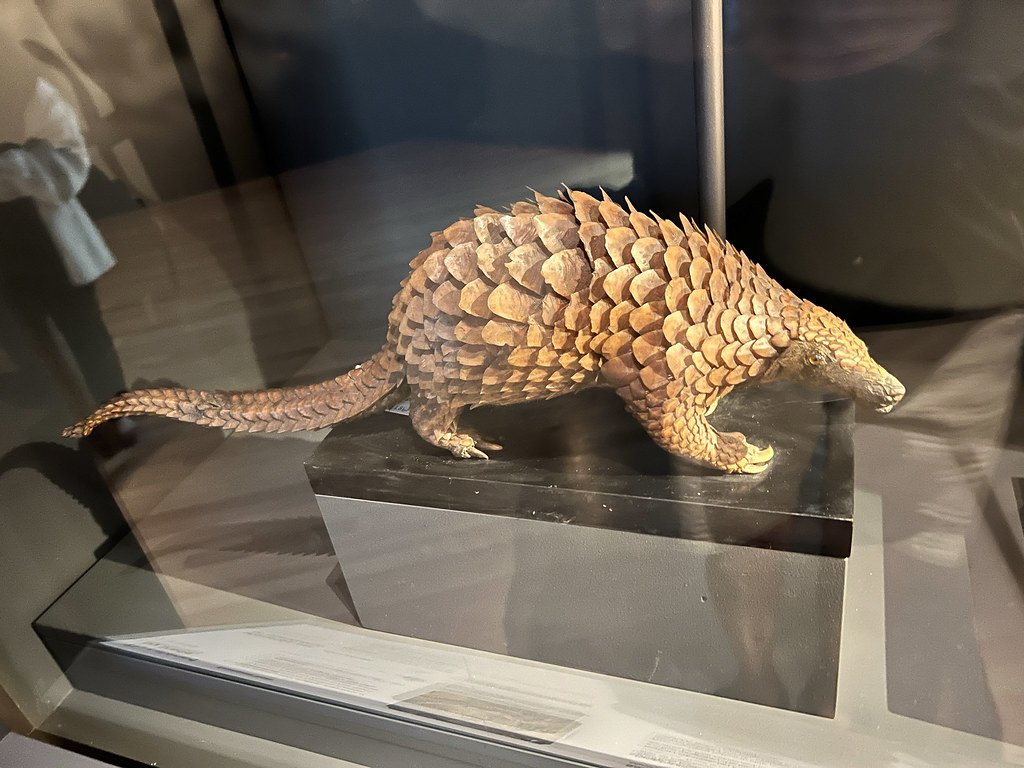Imagine a creature encased in armor, yet gentle enough to curl into a ball at the slightest sign of danger. The Sunda pangolin, with its shimmering scales and soulful eyes, roams the forests of Singapore, a living paradox of vulnerability and strength. While many have never glimpsed this elusive mammal, its fate has become a heart-wrenching symbol of the modern fight against wildlife trafficking. As the world’s only truly scaly mammal, the Sunda pangolin’s story is one of awe and heartbreak—a tale of ancient adaptation, present-day peril, and the urgent need for human compassion.
The Secretive Life of the Sunda Pangolin
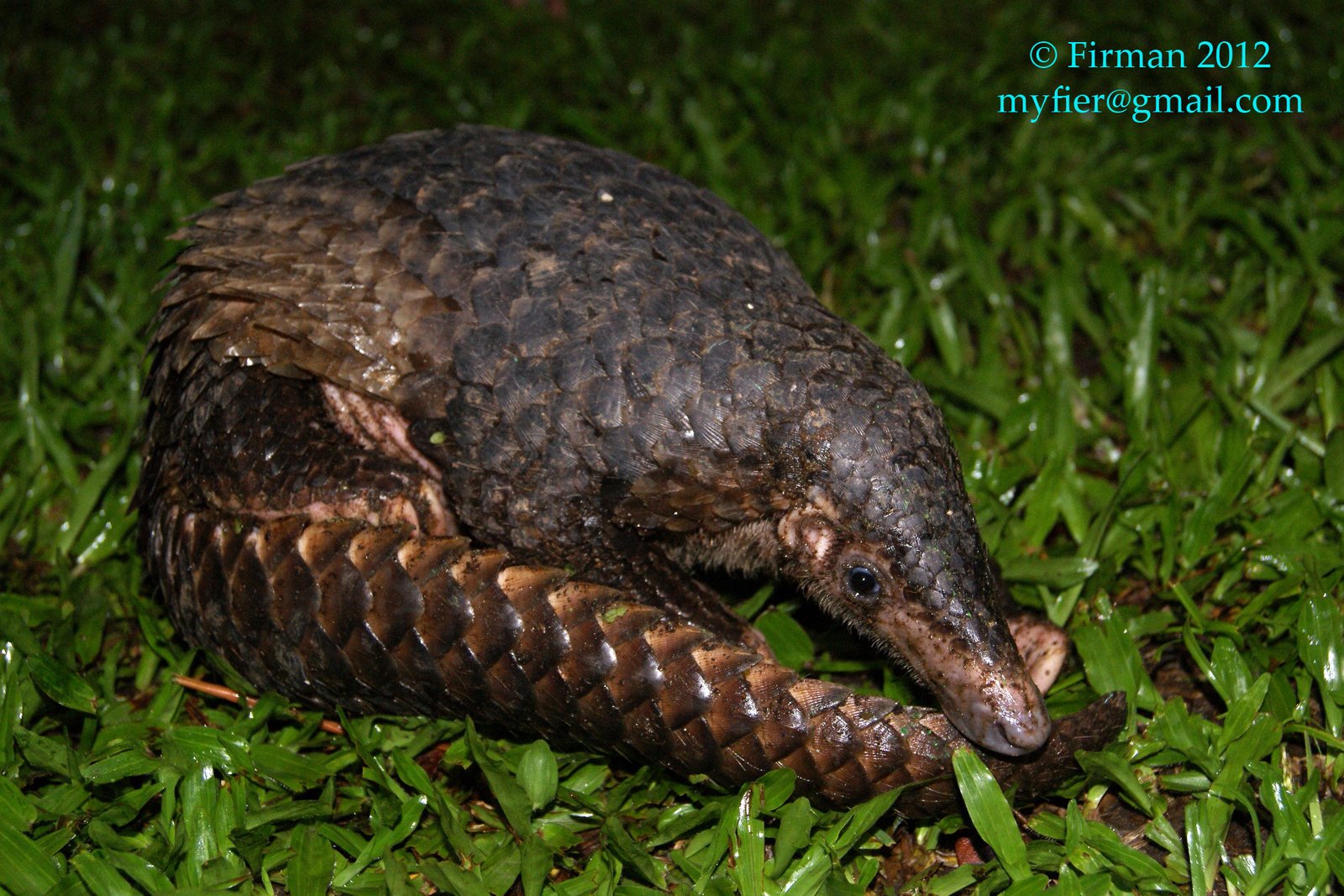
The Sunda pangolin, or Manis javanica, leads a life shrouded in secrecy. Mostly nocturnal, it spends its nights foraging in the undergrowth, using its keen sense of smell to track down ants and termites. This reclusive behavior means that even in places like Singapore, where forests shrink and urban sprawl grows, pangolins remain largely unseen by the public. Their solitary nature makes them difficult to study, adding to the sense of mystery that surrounds these animals. They rarely vocalize, communicating instead through scent and subtle body language. For many researchers and wildlife enthusiasts, simply spotting a Sunda pangolin feels like winning a rare lottery. Their elusive habits have, ironically, both protected them from and exposed them to human threats.
Armor of Scales: Nature’s Unusual Defense
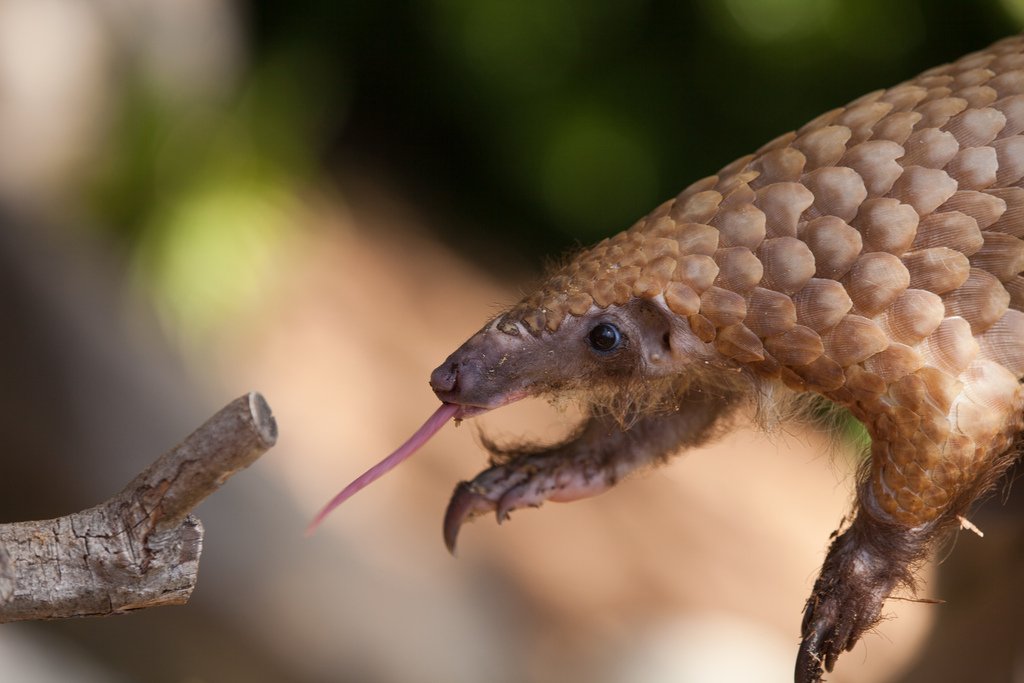
The pangolin’s most striking feature is its unique covering of keratin scales, the same material found in human fingernails. These overlapping scales act as natural armor, clattering together when the animal curls up in self-defense. Despite their formidable appearance, these scales are no match for human ingenuity and greed. In the wild, their primary predators are tigers and leopards, but a curled pangolin is nearly impervious to attack. This ancient defense mechanism, which has worked for millions of years, has become tragically ineffective against poachers armed with sacks and snares. The scales, ironically, are the very reason pangolins are hunted so relentlessly.
A Specialist Eater: The Insectivore’s Diet
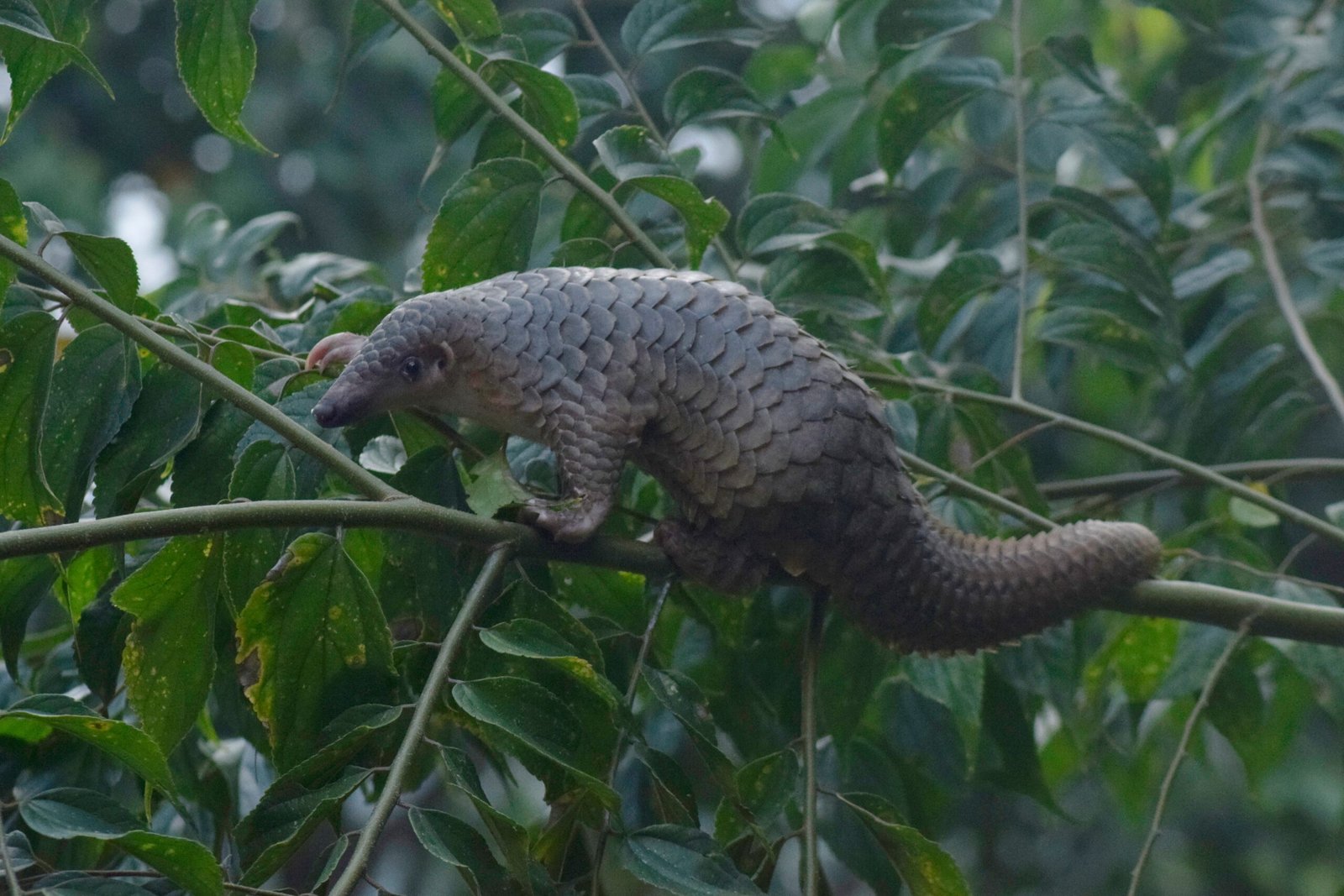
Sunda pangolins are highly specialized feeders, surviving almost exclusively on ants and termites. Their long, sticky tongues can extend over 40 centimeters—longer than their own heads—to reach deep into nests and tunnels. Lacking teeth, pangolins rely on a muscular stomach lined with keratinous spines to grind up their insect prey, much like birds use gizzard stones. This exclusive diet makes them particularly sensitive to changes in their environment; if termite mounds or ant colonies disappear, so do pangolins. Singapore’s remaining forests and green corridors offer a life-sustaining buffet for those lucky enough to avoid roads and human settlements.
A Silent Victim of Trafficking
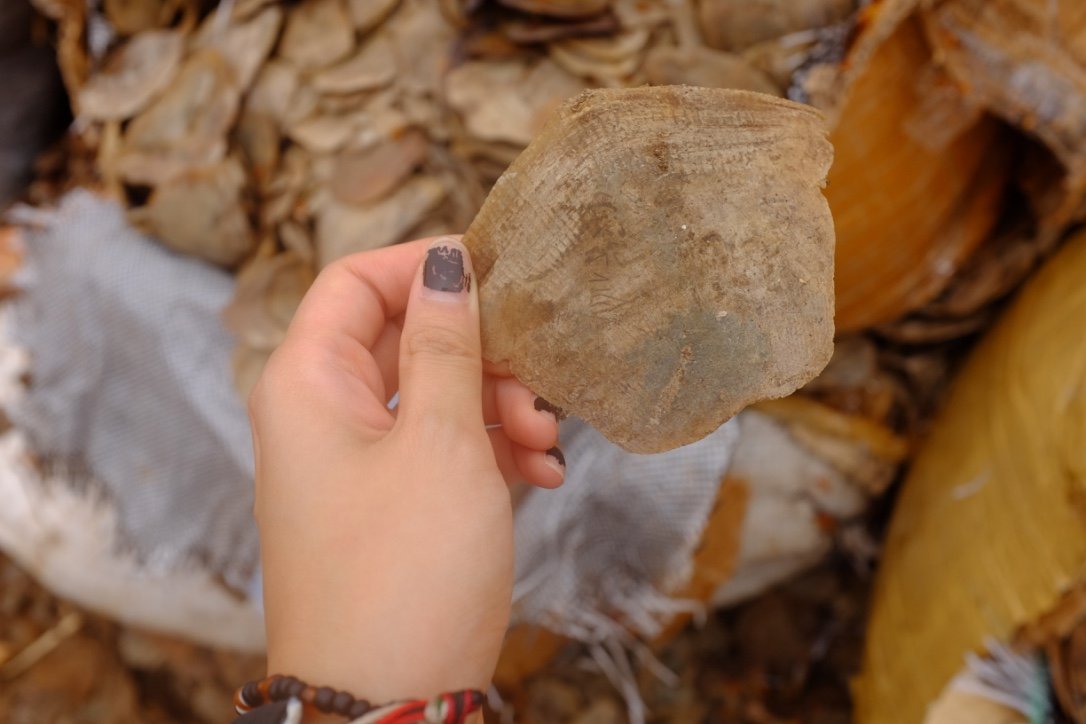
Despite their secretive nature, Sunda pangolins have garnered tragic fame as the world’s most trafficked mammal. Every year, thousands are snatched from the wild and smuggled across borders, destined for markets in distant lands. Their scales are falsely believed to have medicinal properties, while their meat is seen as a luxury delicacy. In Singapore, confiscated shipments reveal the dark scope of this trade—sometimes hundreds of kilograms of scales packed away like contraband gold. The illicit trade is driven by myths and status rather than science, turning a gentle insect-eater into a commodity worth more than its weight in gold.
The Fight for Survival in Singapore’s Urban Jungle
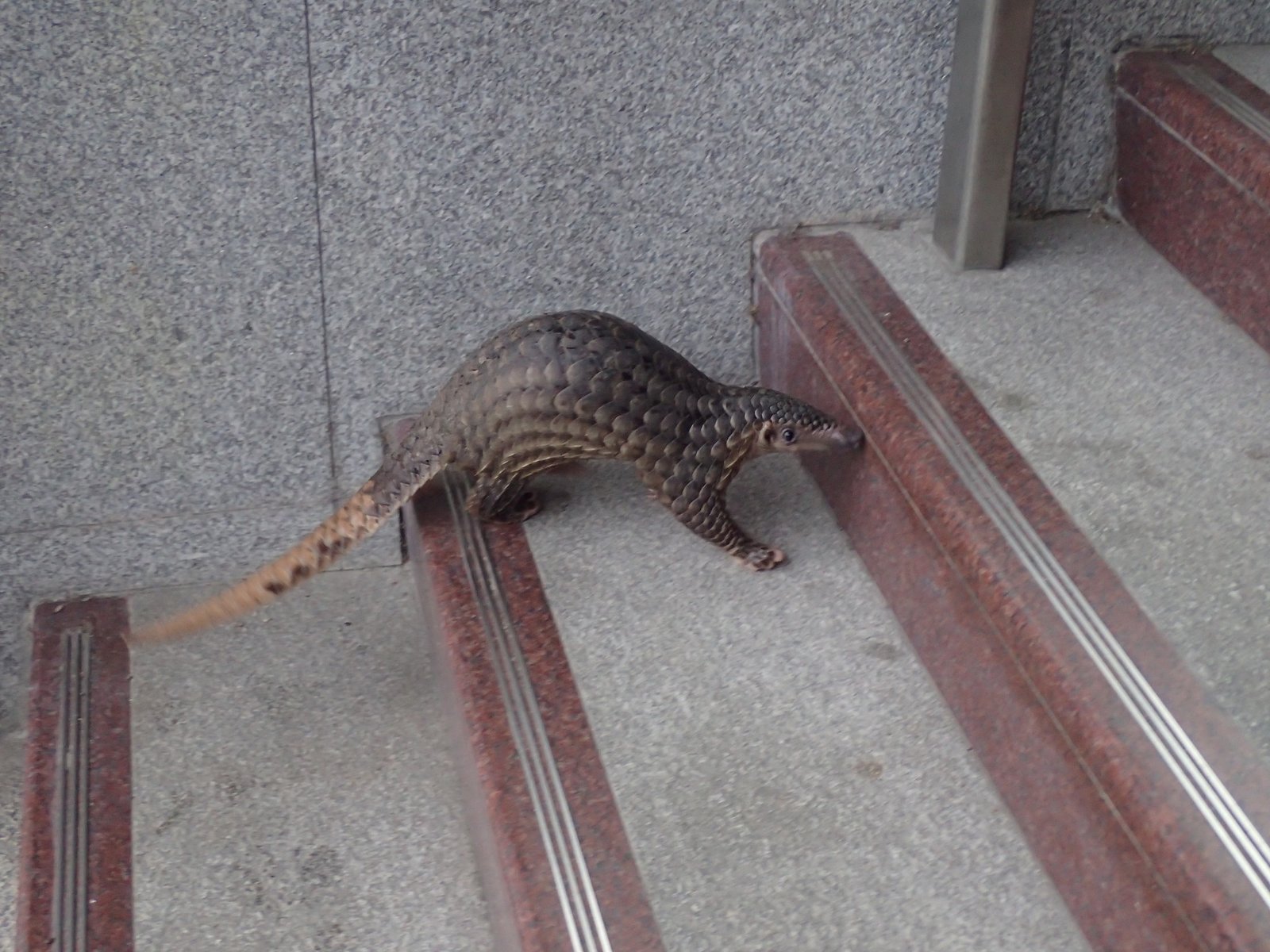
Singapore stands as a surprising stronghold for the Sunda pangolin, despite its small size and bustling cityscape. Pockets of secondary forest, nature reserves, and even urban parks provide vital habitat, but dangers lurk close by. Roadkill is a persistent threat as pangolins wander across highways in search of food or mates. Wildlife groups, researchers, and government agencies have joined forces to rescue and rehabilitate pangolins found in peril. Creative solutions, like wildlife crossings and road signs, are helping to reduce fatalities and give these remarkable animals a fighting chance amid the concrete jungle.
Unraveling the Myths Surrounding Pangolin Scales
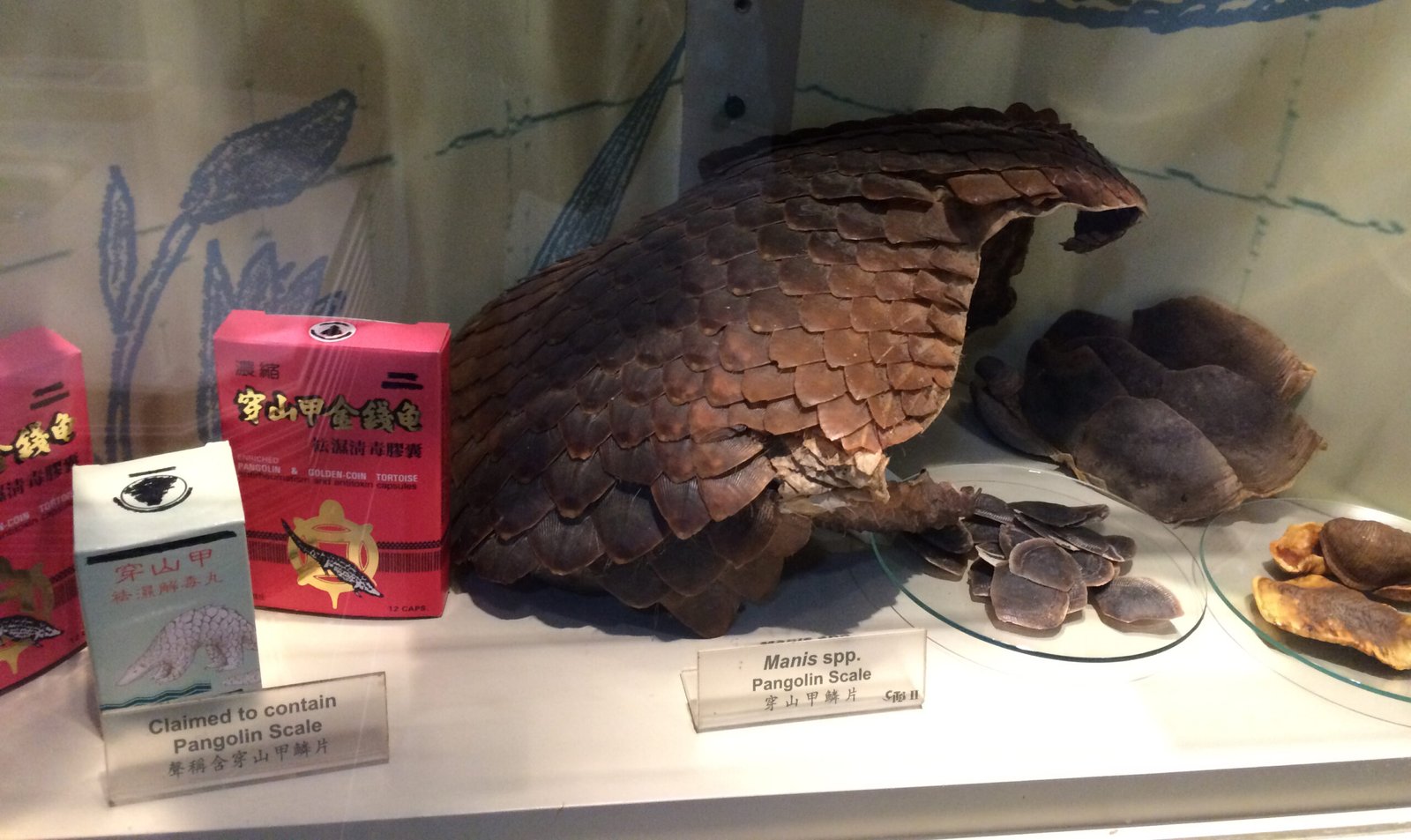
One of the greatest tragedies facing pangolins is the widespread belief in the healing power of their scales. Traditional medicine markets across Asia tout dried pangolin scales as cures for everything from arthritis to infertility. However, scientific research has shown that these scales, made from keratin, have no medicinal value whatsoever. Consuming pangolin scales is no different, chemically, from chewing your fingernails. Debunking these myths is critical to breaking the demand that fuels trafficking. Conservationists and educators are working tirelessly to spread science-based facts, hoping to replace superstition with understanding.
Conservation Heroes: Local Efforts Making a Difference
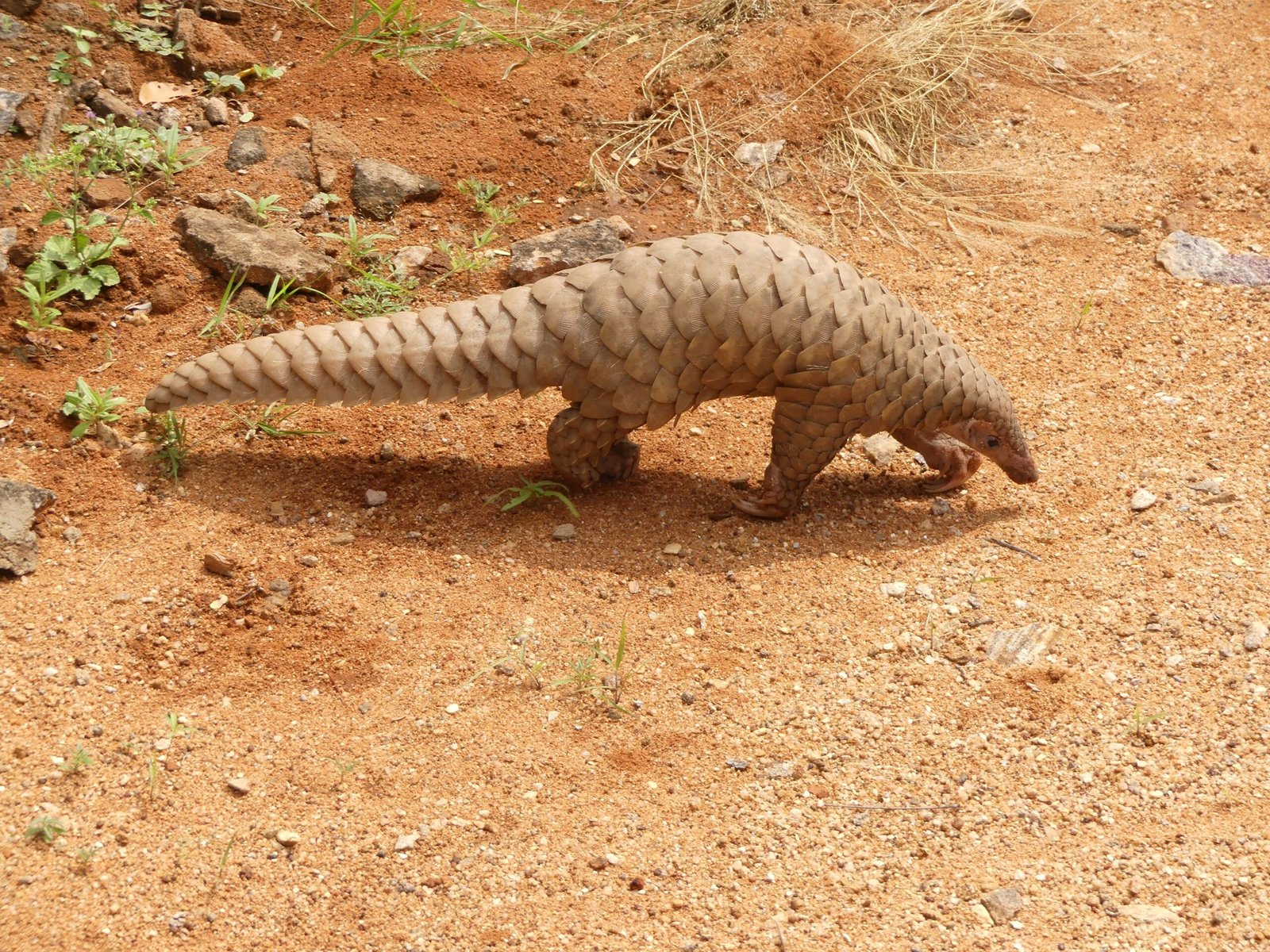
Singapore’s wildlife community has rallied around the pangolin, transforming concern into action. Organizations like Wildlife Reserves Singapore and the National Parks Board have initiated rescue, rehabilitation, and research programs to safeguard local populations. Specially trained teams are on call to respond to pangolin sightings or injuries, ensuring these animals get expert care and, when possible, a safe release back into the wild. These local efforts are often supported by passionate volunteers, from schoolchildren raising awareness to scientists tracking pangolin movements. Their collective work serves as a hopeful example of how urban communities can coexist with, and protect, their wild neighbors.
Technology and Tracking: Science Meets Conservation

Modern conservation strategies are increasingly high-tech. Researchers in Singapore have begun equipping pangolins with lightweight radio transmitters to study their movements and habitat needs. This technology provides vital data on where pangolins go, what dangers they face, and how best to protect them. Camera traps and acoustic sensors further help scientists piece together the secret lives of these elusive mammals. By blending traditional fieldwork with cutting-edge tools, conservationists are uncovering the hidden world of the Sunda pangolin, arming themselves with knowledge to fight for its survival.
The Role of International Law and Cooperation

Protecting the Sunda pangolin is not just a local struggle—it’s a global challenge. International agreements like CITES (the Convention on International Trade in Endangered Species) have placed pangolins on their highest protection lists, making all commercial trade illegal. Yet, enforcement remains a constant battle, as traffickers find new routes and methods to evade law enforcement. Collaboration between countries, sharing intelligence and resources, is essential to dismantling trafficking networks. Singapore, with its strategic location and strong legal framework, plays a pivotal role in regional and global anti-trafficking efforts.
Hope on the Horizon: Education and Awareness

The tide may be turning for the Sunda pangolin, thanks to growing awareness and education. Schools, museums, and social media campaigns are bringing pangolins into the spotlight, dispelling myths and inspiring new generations to care. Interactive exhibits and storytelling help people connect emotionally with these gentle creatures, making their plight impossible to ignore. By fostering empathy and understanding, educators hope to create a future where the pangolin is valued not for its scales, but for its unique place in our world.
Why the Sunda Pangolin’s Fate Matters to Us All

The struggle of the Sunda pangolin is more than just a conservation story—it’s a mirror reflecting humanity’s relationship with nature. If we cannot save a creature as remarkable and harmless as the pangolin, what hope is there for the rest of our planet’s biodiversity? Their survival depends on the choices we make, from what we buy to what we believe. In the end, protecting the Sunda pangolin is not just about saving a species; it’s about safeguarding the delicate balance of life that sustains us all.

